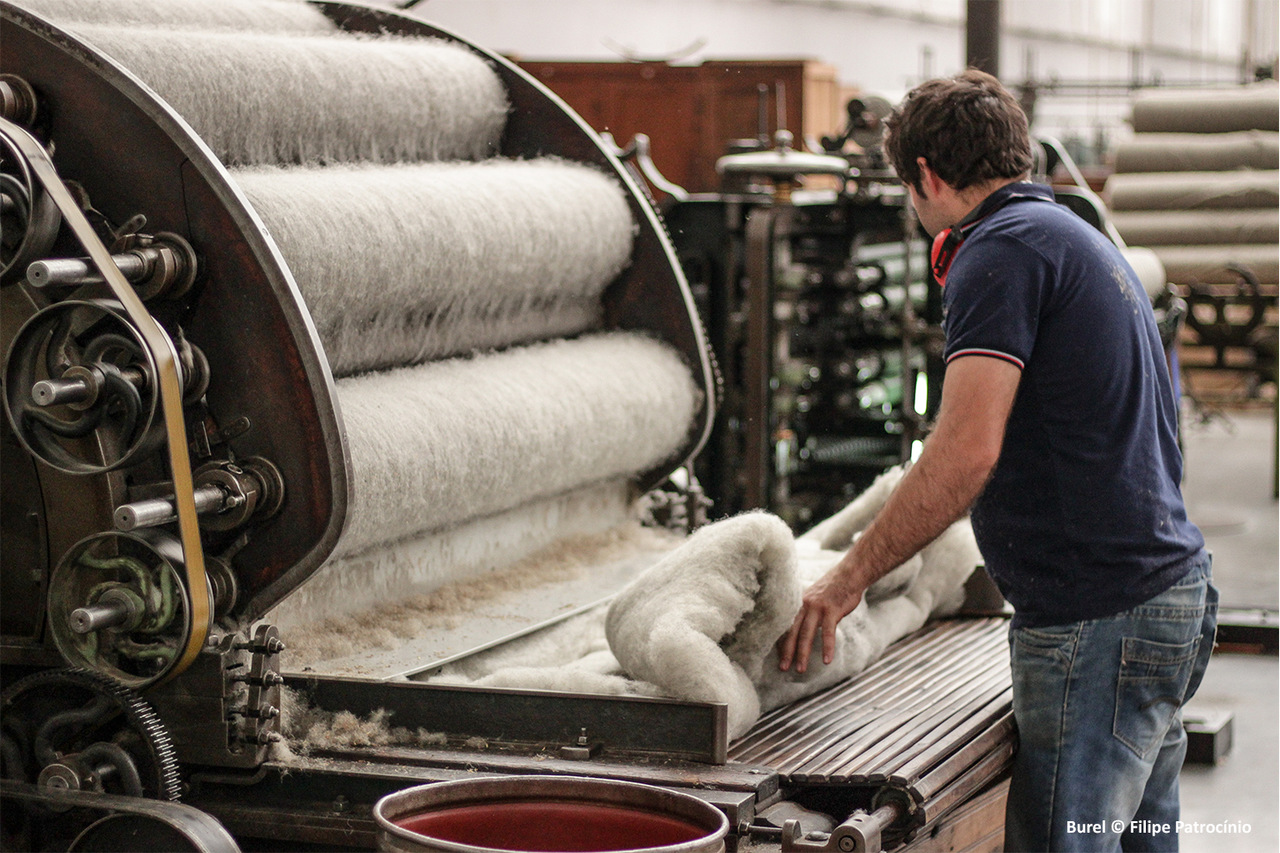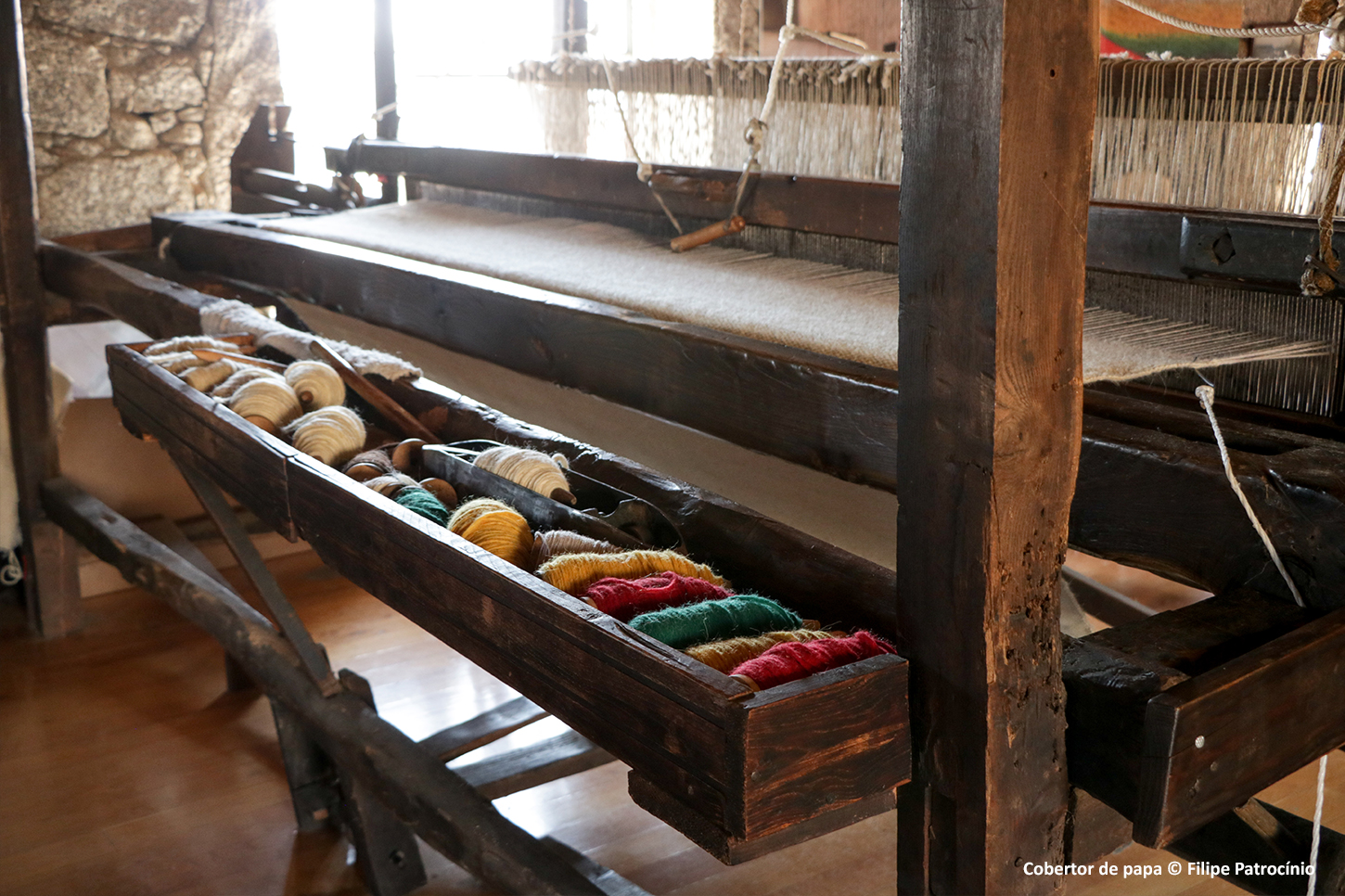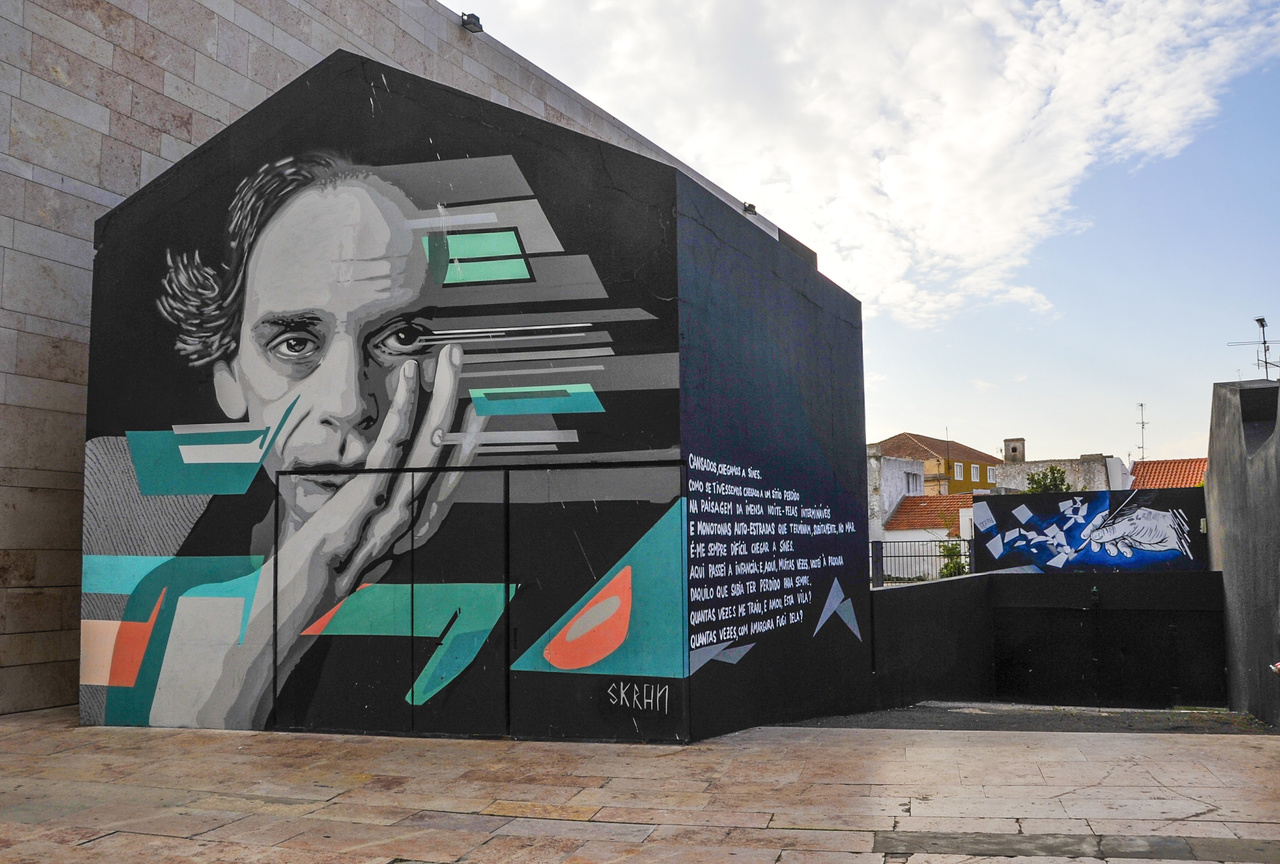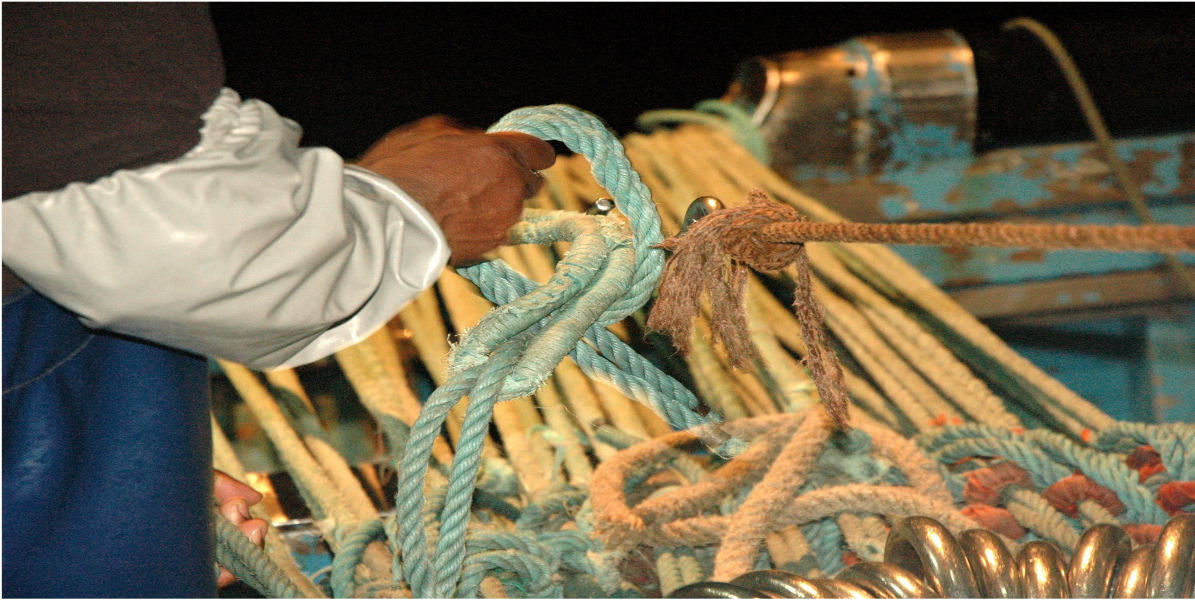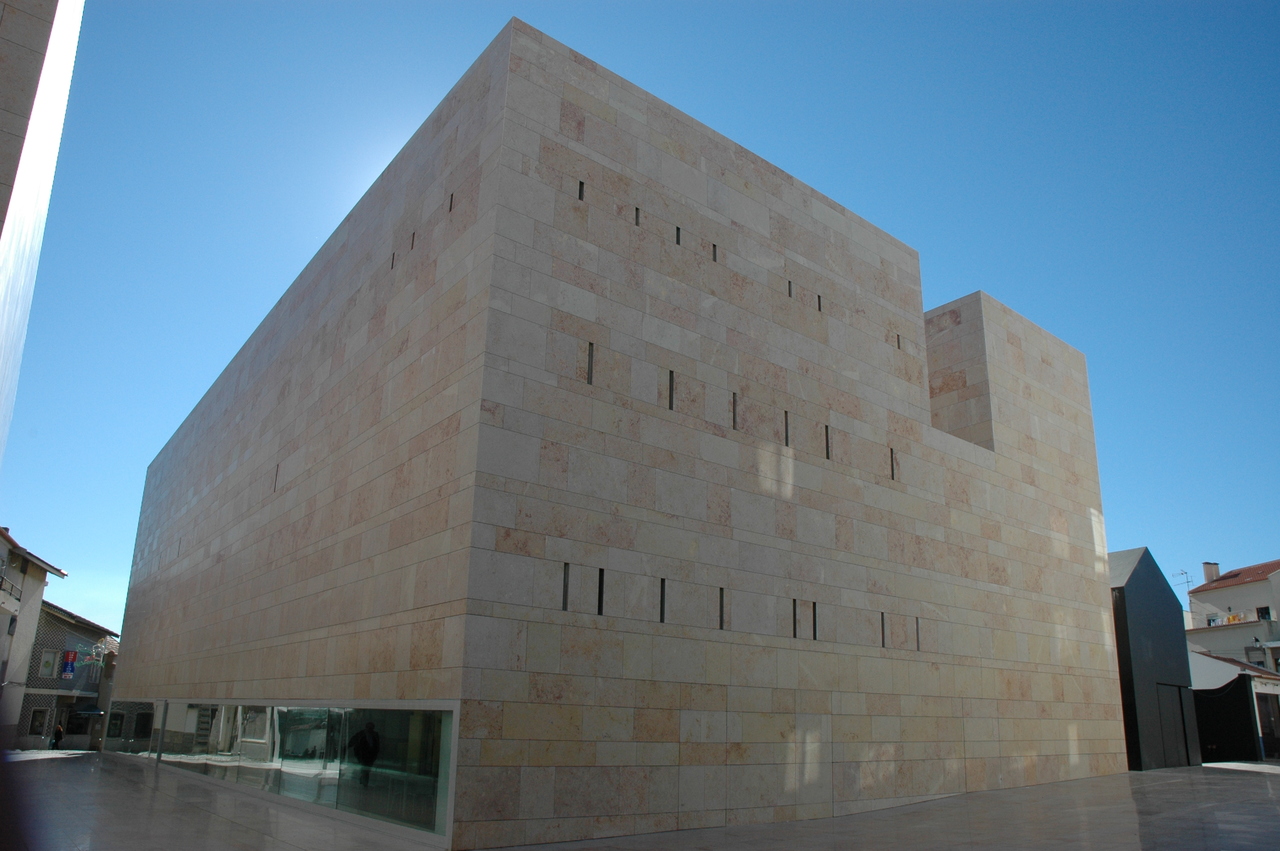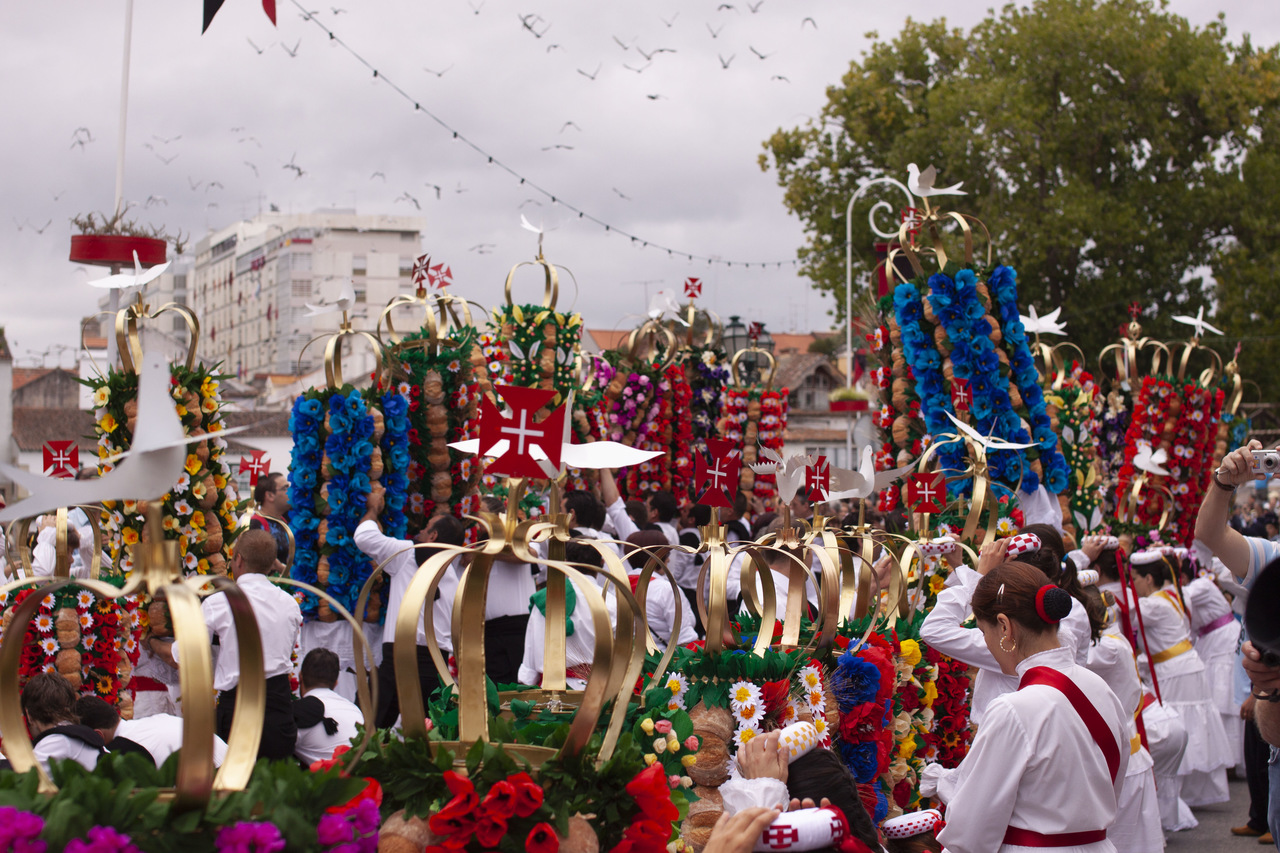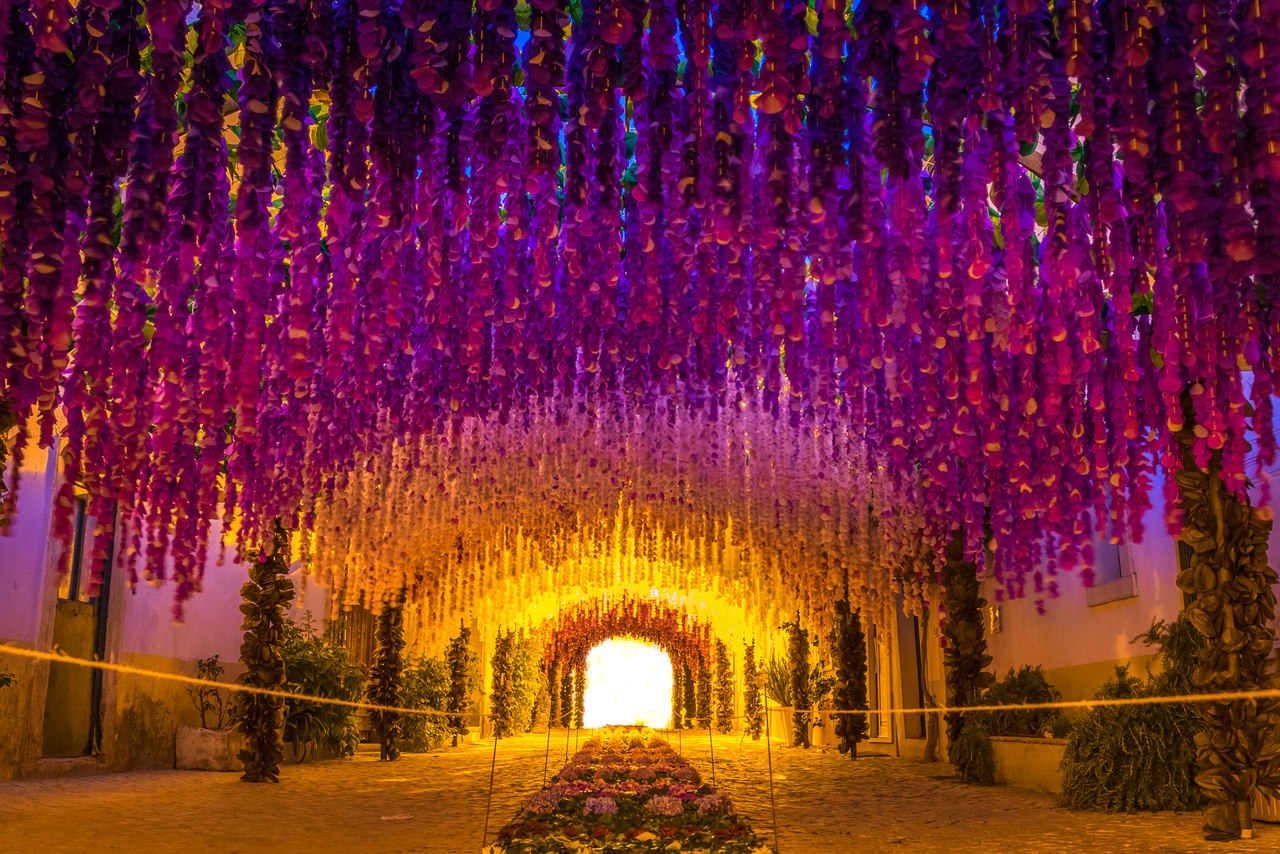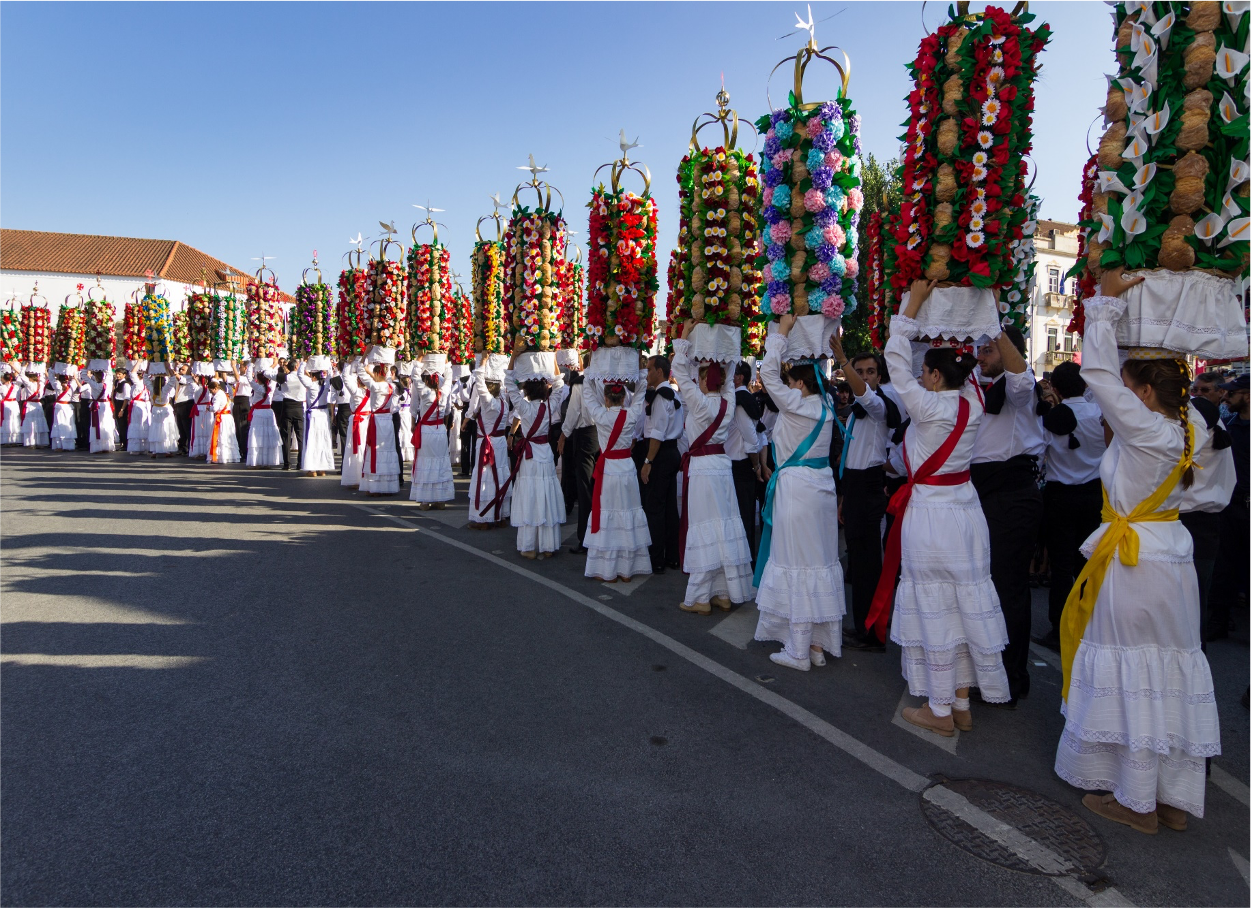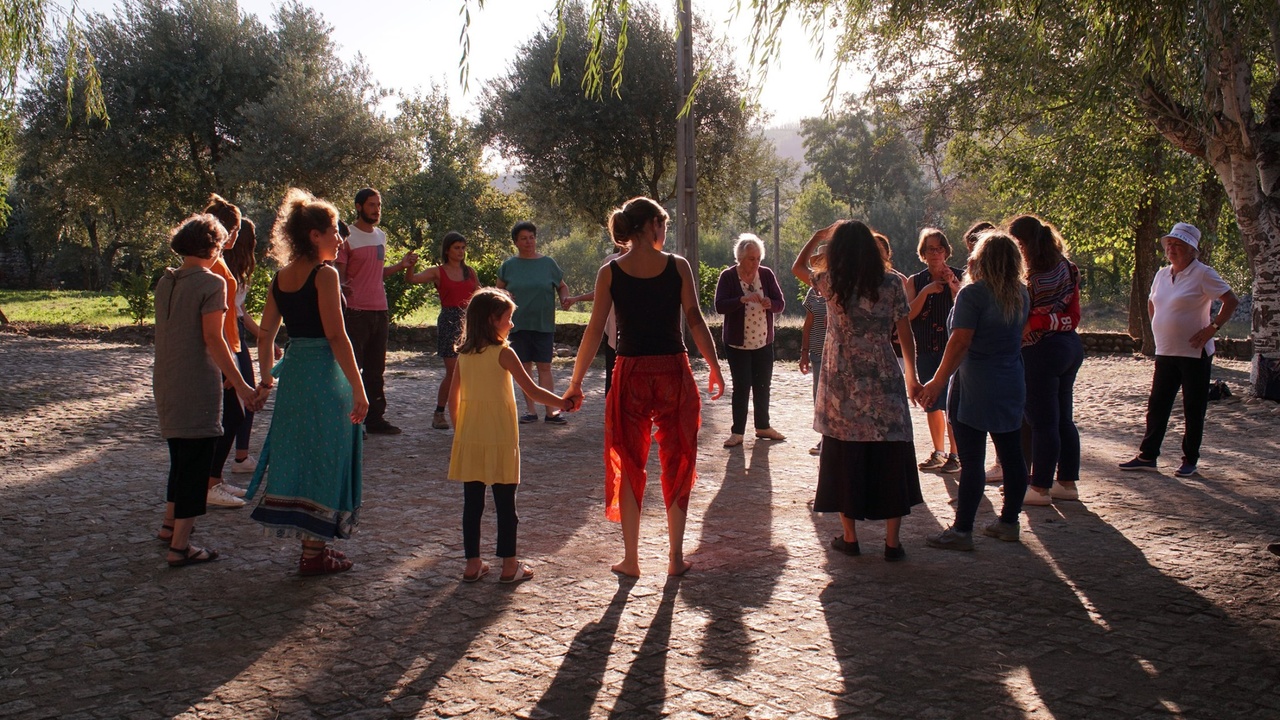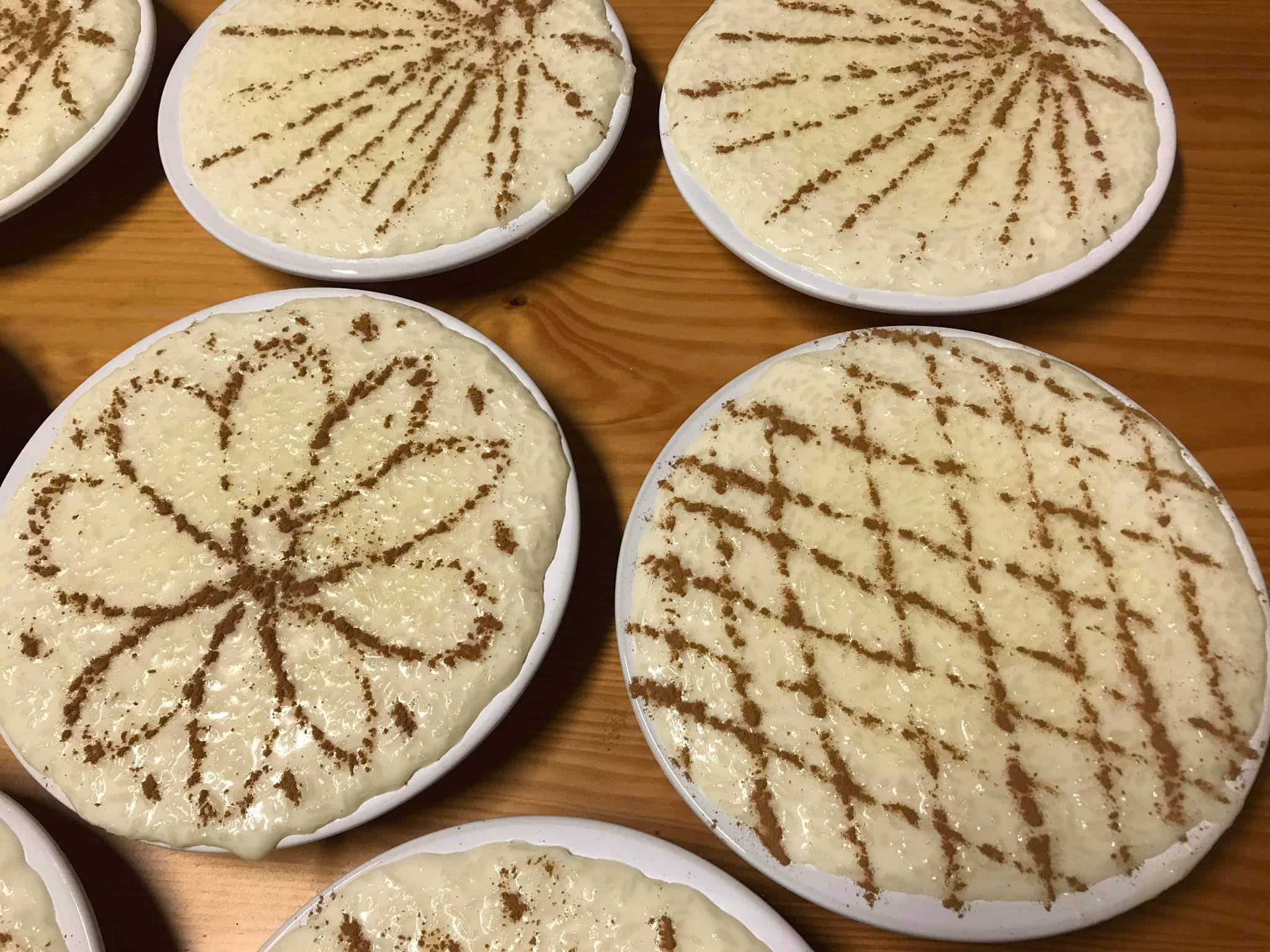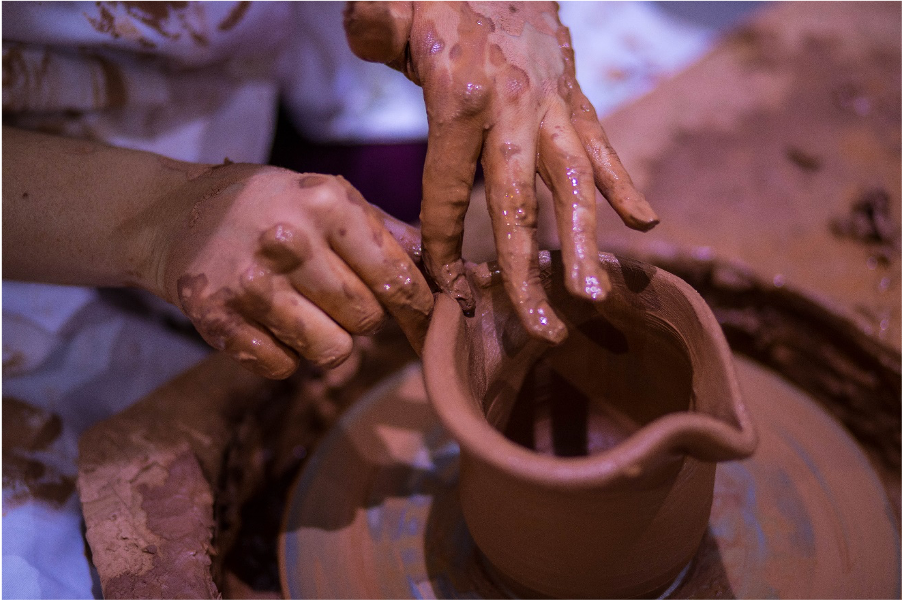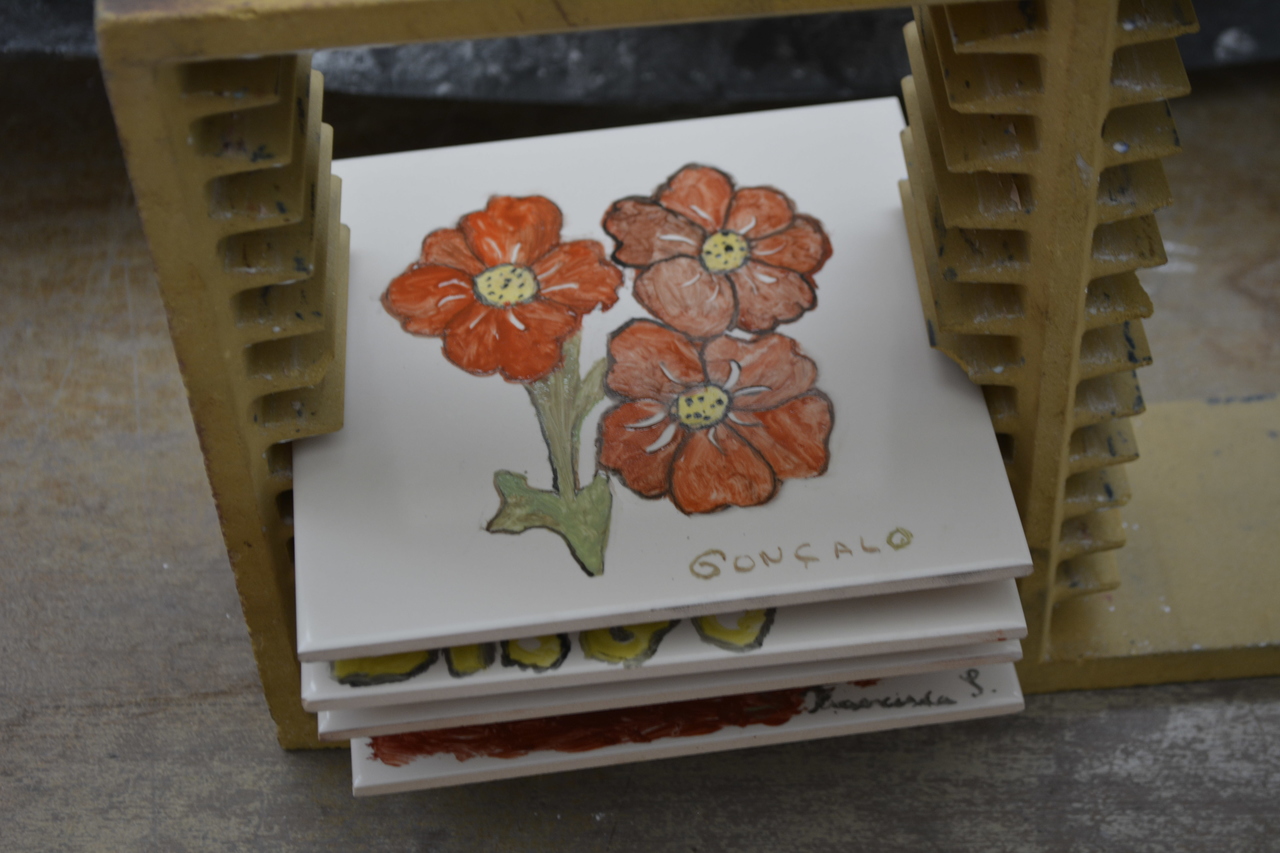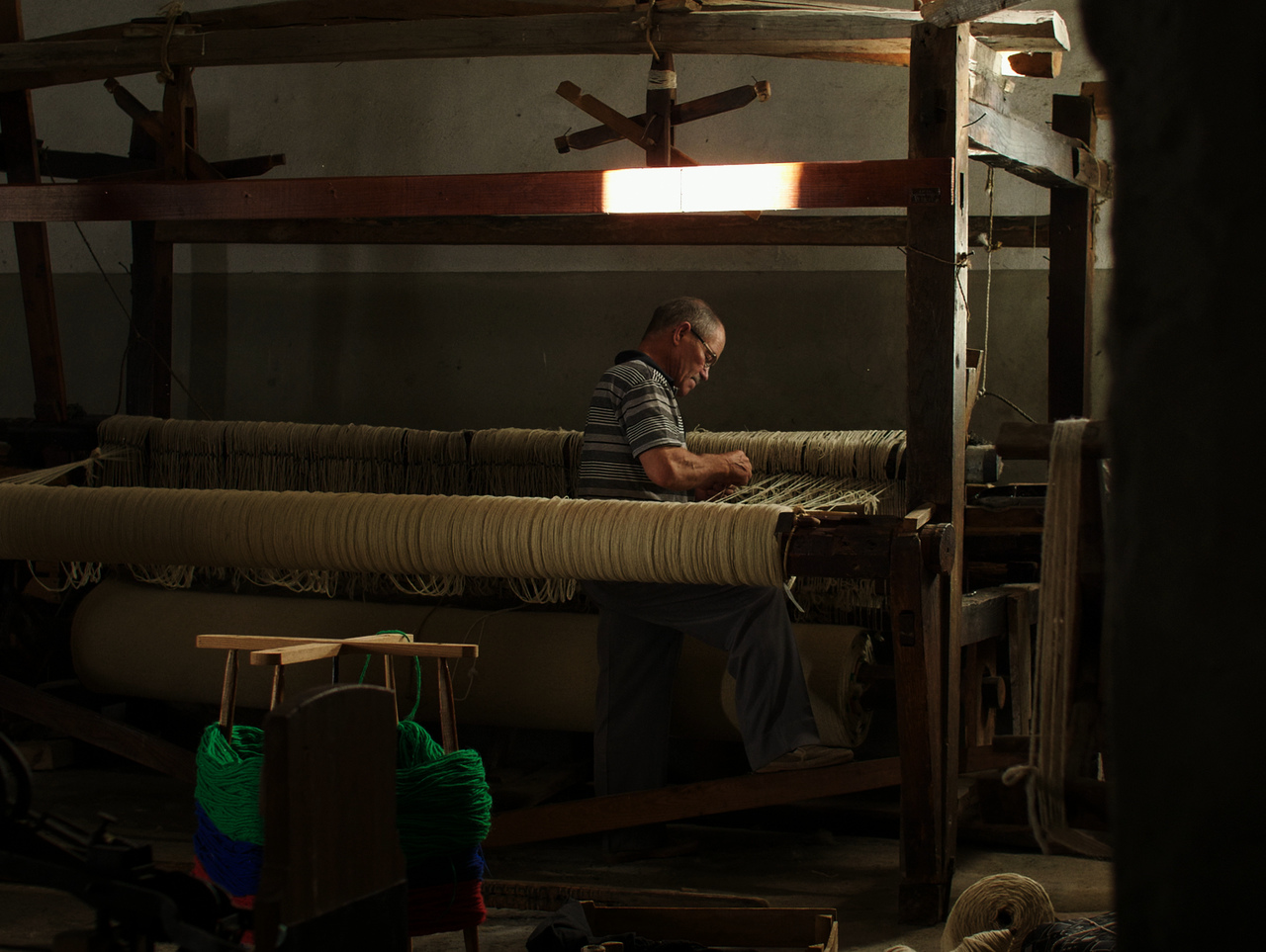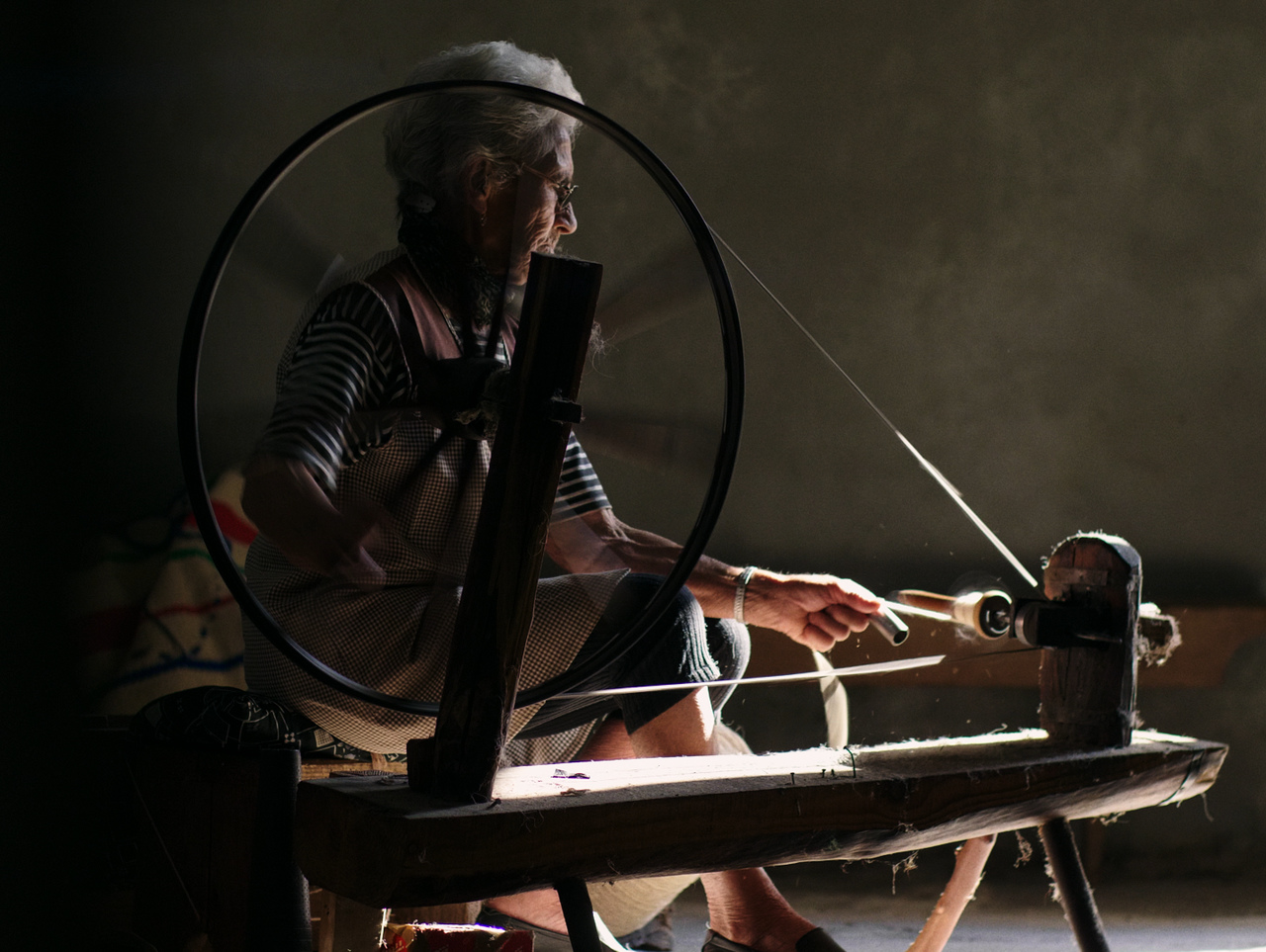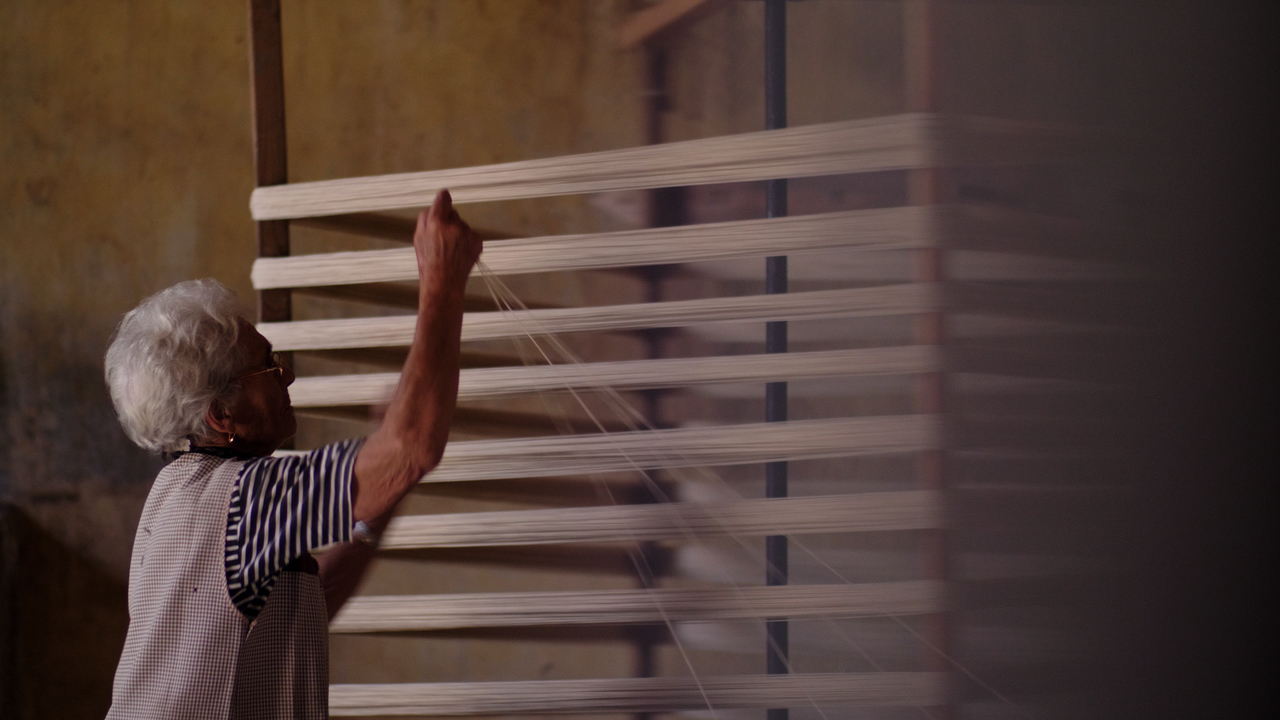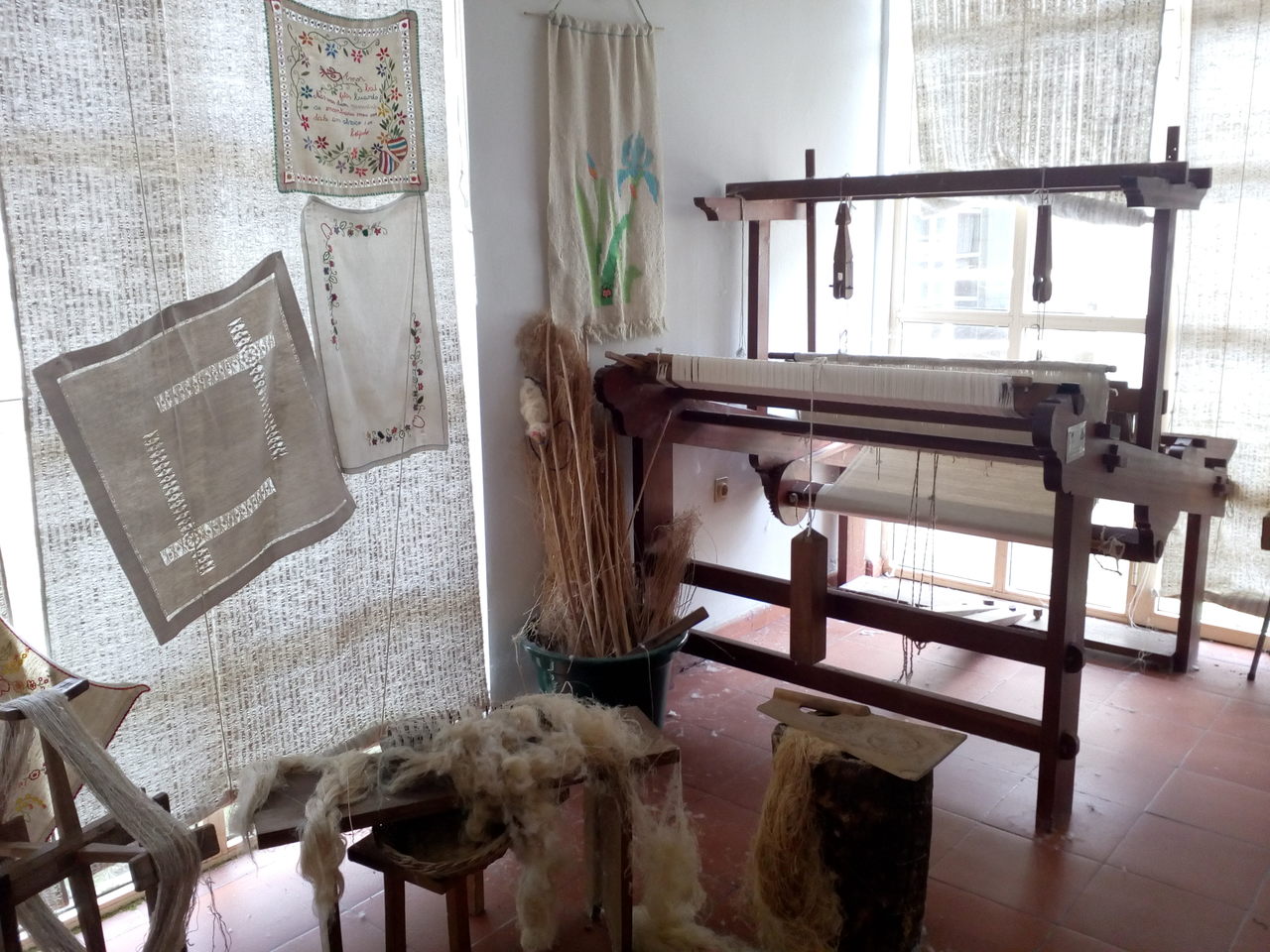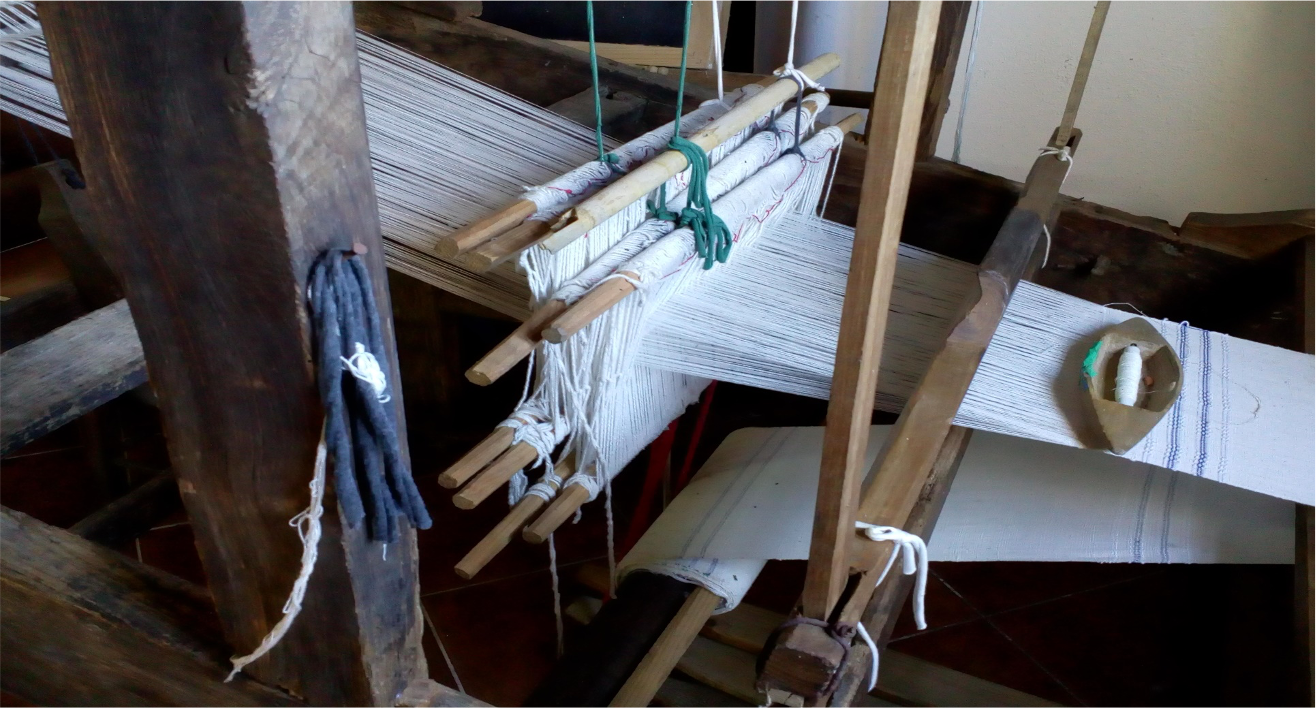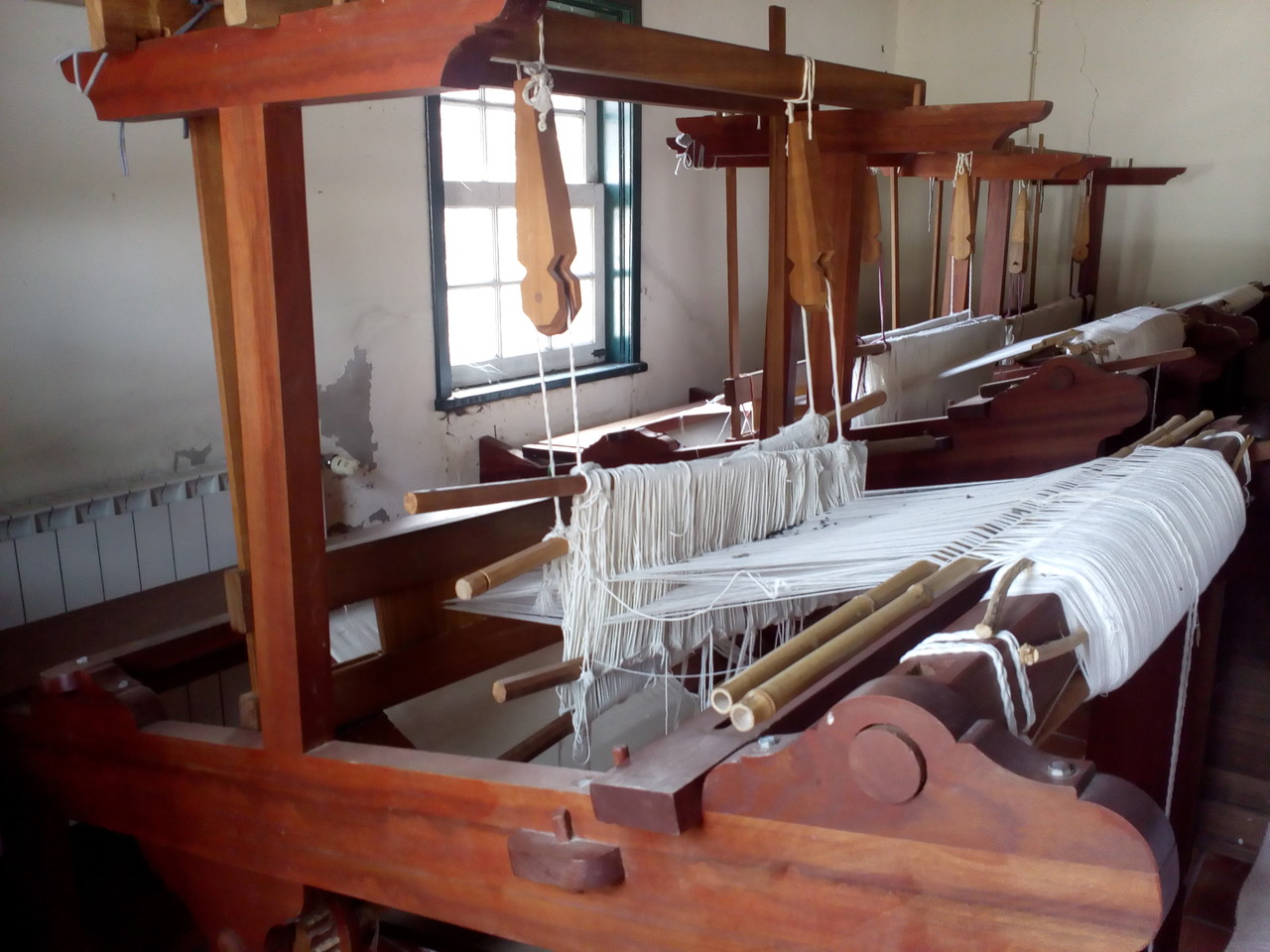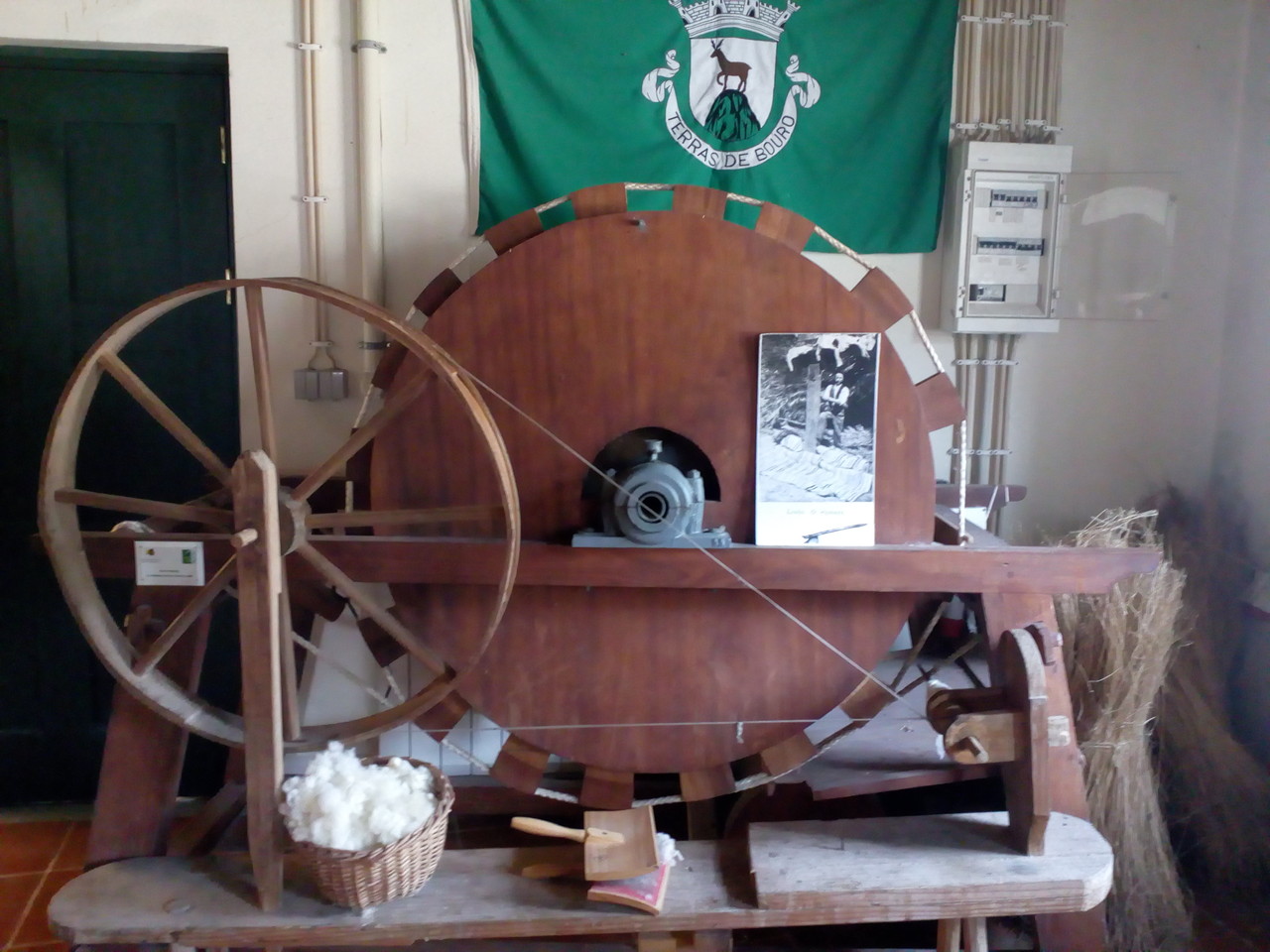The winning projects of the 4th edition of the Tradições program have already been selected.
This edition had 68 applications from the most diverse areas, from crafts to gastronomy, to singers, beliefs, folklore, tools or drills that are part of regional traditions.
Of all these initiatives, 10 typical traditions of different Portuguese regions were chosen, not only for their historical and social relevance to communities, but also for their impact on job creation, the dynamism of the local economy and the sustainability of the regions itself.
EDP will distribute a financial support of 213.000 euros for these projects in order to contribute to the survival of our traditions and to the guarantee their future.
UNESCO World Estrela Geopark Memories and Traditions
Created in 2016, the Associação Geopark Estrela was born with the objective, among other things, of promoting and helping to develop the municipalities of the Serra da Estrela region, through the management of the UNESCO World Geopark classified area.
The UNESCO World Geopark is a territory where the locations and landscapes of Serra da Estrela, which have international geological relevance, are managed in order to guarantee their protection and sustainable development. Here, the geological heritage is associated with the natural and cultural heritage of the region, giving it identity and value. The Geopark aims to foster feelings of belonging and reinforce its identity, benefiting local communities and attracting visitors and new residents.
Its regional development strategy includes populations living at the foot of the mountain, and whose identity is closely linked to pastoral practices, transhumance and the products that have emerged from these traditional activities. With the aging of the population and, consequently, with the increased risk of losing these arts over time, Geopark wants to develop initiatives that allow the preservation of these memories. To this end, activities that cover all genders and age groups are being implemented, thus promoting gender equality and social inclusion. The Geopark project intends to be intergenerational, promoting education and the transfer of knowledge from the oldest to the youngest, in an informal way.
The “Memories and Traditions of the UNESCO World Geopark by UNESCO” project plans, with the support of EDP, to develop several initiatives that help preserving and enhancing the traditions of Serra da Estrela, contributing not only to the recovery of ancestral practices that are disappearing, but also for its dissemination to the population and visitors. Among these initiatives are, for example, the use of digital media to encourage children, young people and adults to participate in pedagogical actions, and to help in the collection of traditions and memories. In addition, the project also has the following objectives:
- Create workshops for the sharing of crafts related to wool, more specifically, the production of the Pope's blanket and burel
- Develop the digital platform “Portal da Memória do Estrela Geopark”, which will be a digital collection of memories of the traditional ways of life in the region
- Enhance conviviality and knowledge sharing between generations, through “Sessões de Partilha da Sabedoria Popular”
- Disseminate the popular culture traditions of Estrela Geopark, through the traveling exhibition “Memórias e Tradições do Estrela Geopark Mundial da UNESCO”
The project will be developed in the territory of the UNESCO World Geopark, beginning, first, with the traditions associated with the three municipalities covered by Traditions: Guarda, Manteigas and Seia. Later, the objective is to extend it to the traditions of the entire Serra da Estrela territory, composed of nine municipalities and about 150 thousand inhabitants. The purpose, in the medium term, is to contribute to the creation of jobs and business opportunities related to handicrafts, and that bet on the development of new products.
>> Back to the top
________
Casa da Memória de Sines
Born from the desire to make Sines' knowledge and traditions known to its population, the Casa da Memória project emerged during the first confinement of 2020. With the objective of not letting Sines' arts get lost in time, Casa da Memória aims to catalog, conserve, value and transmit the material and immaterial heritage of the municipality, more specifically the traditions that imply manual work, and knowledge transmitted through generations and by seeing people do them.
Casa da Memória is a cultural mediation project that explores the traditional activities of Sines, selected for their seasonal character and their connection to nature. The criterion is that traditions must be closely linked to the communities and territory of the municipality, and that they focus on working with their hands. From gastronomy to handicrafts, including fishing, maritime work and agriculture, the activities must be able to be reproduced by the public. The Casa da Memória project, which will be housed in the “Casa Preta”, will function as a “mini-planetarium”, in which, in a visitable multimedia installation, contents representative of the cultural identity of the territory will be presented. These contents will be renewed taking into account the seasonality of traditions and nature, adapting the themes to school contents, festivities and events.
Alongside this multimedia installation, Casa da Memória aims to branch out, through the creation of points of interest in the municipality. And it is mainly in this that the EDP prize will be an asset: it will help installing vinyl structures with QR Codes in various locations in the municipality, allowing each visitor to quickly get to know the site and the tradition associated with it.
The Casa da Memória project aims to involve associations, Senior Universities, families and the entire community of Sines, in order to create a sense of belonging and, consequently, of spreading the word, leading to the preservation of traditions. The fact that it is a different space, arouses curiosity, turning the youth into frequent visitors. But the objective, in addition to making the traditions better known, is to also make them participate actively. Thus, and in order to pass on knowledge to the youngest, Casa da Memória will create:
- Pedagogical dossiers, in digital format, for teachers and students
- A video contest to capture images of a tradition
- An installation, made by the youngest, to be exhibited at Pátio das Artes
- A Family Tradition, in which a Siniense family is invited to make a tradition known in each season of the year
- Visits and activities for school audiences
In addition, Casa da Memória also intends to be a space for tourist training, making all the visitors aware of the local heritage. This is the fourth time that projects in the municipality of Sines are supported by the EDP Traditions Program.
>> Back to the top
________
Safeguarding and Revitalizing the Traditional Arts of the Festa dos Tabuleiros (Festival of the Trays)
Festa dos Tabuleiros is one of the oldest in our country, believed to date back to the reign of D. Dinis and Queen Santa Isabel. It is one of the most important celebrations in Portugal, taking place every four years in Tomar. Because it is such an important celebration for the community, as a cultural and heritage asset and a differentiating feature of the region, the Municipality of Tomar wants to help safeguard it and preserve the cultural values of the Nabantines.
The Salvaguarda e Revitalização das Artes Tradicionais da Festa dos Tabuleiros wants to preserve the skills linked to traditional handicrafts, protecting not only handcrafted products, but also the skills and knowledge necessary to make them. Thus, the objective is to create conditions that encourage artisans to continue to produce, and pass on, their knowledge to the youngest. To this end, several awareness-raising actions are planned in schools in the municipality, which intend to pass on the knowledge, in an intergenerational way, of the "know-how" related to the Party. These initiatives, which cover all teaching cycles, aim to motivate and encourage young people to attend the training offer of traditional handicrafts. Ultimately, the Salvaguarda e Revitalização das Artes Tradicionais da Festa dos Tabuleiros project will help strengthen the bonds of solidarity, construction and a sense of belonging.
The EDP prize will contribute to the creation of a digital collection, which will help giving visibility to the heritage of the Festa dos Tabuleiros. This collection will include all the heritage categories associated with the Festival, namely pottery, tin, basketry, the making of paper flowers and the making of rodilhas. In addition, the project also intends to collect oral testimonies about the techniques of artifact production, contributing to the search for meanings and memories of the objects.
>> Back to the top
________
Back to Bailes Mandados
If there is anything we can find from the North to the South of the country, with regional variations, it is dances and balls. In the case of bailes mandados, it is known that some portuguese ones had their origin in the 19th century, inspired by Contredanse, a choreographic genre originally from France. But it is also known that there is a great connection between the baile mandado and fado, especially fado with lyrics improvised in the moment. From the continent to the archipelago, it is common to find records of dances that took place at the sound of a mandador and desgarrada.
For the PédeXumbo Association, the term ''baile mandado'' incorporates several types of balls that, in common, have the fact that there is a ''mandador'' who announces the choreographic figures to be performed. But, the truth is that not all ''bailes mandados'' have the same origin and, even in Portugal, there are big variations throughout the territory. As for its predominance, bailes mandados are common throughout the country and continue, even today, to be performed outside the folkloric context in places such as the islands of Triangle, in the Azores, the Serra de Grândola, in Évora or the Douro Verde area, in Minho. In the past, they were common in Beira Litoral, Madeira, Algarve and throughout the Center region, and PédeXumbo's goal is to understand how and why the balls were held in certain areas of the country and not in others, as well as how they can be revitalized.
In this case, speaking of intangible cultural heritage, to help preserve these traditions, it is absolutely necessary to carry out field work. In other words, investigate the dances and return them to the communities. In this sense, PédeXumbo has been promoting music and dance for over 20 years, with the aim of uniting Portuguese dancing, with dances from other parts of the world, in order to attract new audiences. It is necessary to overcome the prejudices concerning traditional dancing, giving it some contemporaneity, and ensuring that it can have a role for those who dance today.
The Association's project wants to make young people feel an emotional connection with the expressive practices of their ancestors, with the aim of guaranteeing their continuity. But, for that, it is necessary to let them adapt to their needs. PédeXumbo's strategy is, first, to appeal to the universality of dance and, only later, to work on Portuguese dances. Thus, the Association's events have a varied training offer, including workshops with folk groups. The goal is to foster dialogue with others (other types of dances) in order to value what is ours.
Through the transmission of knowledge and the training of the youngest, it is intended that they develop and maintain their connection with the family, the neighborhood or even the region. The EDP prize will help to revive expressive practices, to recover the dynamism of traditions and, in the future, the objective is to see Sunday gatherings for the ball, appearing all over the country.
>> Back to the top
________
Itineraries of Knowledge and Flavor
Created in 1926, in Figueira da Foz, the Sociedade Instrução e Recreio de Lares was born with the objective of improving the education and culture of the inhabitants of the region, and also to increase their leisure conditions. Almost 100 years later, SIRL presents a project of Routes of Knowledge and Flavors of Homes, where the traditions will be recreated. This project, which aims to help preserving the local material and immaterial heritage, addresses two main routes: the Fountains and Lavadouros Route and the Grain to Bread Route.
The Fountains and Washbasins Roadmap aims to preserve and conserve the fountains, washbasins and other emblematic places in Elder homes, which were used not only as water supply and washing points, but also as social meeting points. To help its preservation, the experiences of before will be recreated, with the recovery of utensils, songs, short stories and period stories, through the passing of knowledge from the oldest to the youngest.
With the Grão ao Pão Roadmap, the goal is to preserve the traditions related to working in the fields and the hills, especially in the rice fields. For this, two of the most laborious tasks are recreated - weeding and harvesting. In addition, workshops will also be held on methods to make essential utensils, such as broom from broom, wooden shovels or rakes. Allied to this itinerary are the flavors of the land: the bread and bread made in wood ovens, and the grinded porridge.
These two routes will cover various traditions and customs, which still last in the memory of the elders, but if they are not passed on to the younger generations, there is a risk of losing them over time. The SIRL project involves several cultural values of the association, including the Academy of Music, composed of several young people, and multi-generational teams in charge of promoting the project. The main goal is to create experiences that can be lived by all generations, through activities for all ages.
The EDP prize, much more than a monetary aid to the construction of the workshops, is an important driver of Elder homes' traditions, roots and collective identity. The money provided will help bringing the community together, so that it can work and ensure the preservation of local arts. Workshops are planned for the construction of real and miniature alfaias and for the preparation of bread, broa and other delicacies. For the youngest, experiences based on traditions will be adapted according to their interests, using, for example, traditional games, interactive games, peddy papers, bicycle or horseback riding, and even social networks to integrate traditions.
The experiences integrated in the itineraries will be made available, both to young people from schools in the municipality and surroundings, as well as to tourists who visit the region.
>> Back to the top
________
"Os Barrocos" of the Pottery of Paranhos da Beira and Carvalhal da Louça
Created in 1992, the Serra da Estrela Artisans Association was born with the aim of identifying and organizing the supply capacity of artisans in the municipality. Nowadays, the Association is much more than that: in addition to wanting to empower artisans, recognizing a set of knowledge that makes them special, it also intends to promote the uses and customs of communities, through practical training, such as the “Bordado de Castelo Branco”, the “Ceramics and Traditional Pottery” or the “Cutting and Sewing of pieces in Burel”, and theoretical training in the field of entrepreneurship and citizenship.
To encourage young people to learn these traditions, the Association promotes partnerships with schools, based on training teachers attending AASE actions. In addition, the Association is always available to co-organize working days with children, free of charge, in which they introduce young people to traditional arts and crafts.
The EDP award will help bring more comfort to all those who make the Association their place of learning, teaching and studying the arts of pottery, ceramics, fusing glass, tiles, decorative painting and many other crafts. In practice, the money provided will increase the training area, improve the quality of the space and reinforce artificial lighting, making it possible to distance the trainees (a requirement that has become part of our lives), as well as heating the room, and having better lighting conditions for working.
In the future, and after the improvement works are completed, the goal is to give schools, ATL's and to all organized groups, the opportunity to get to know and help keeping the art of pottery alive.
>> Back to the top
________
PAPACHURRA - Revitalize the pope blanket made with churra wool
It was in 2018 that a group of people, including artisans of the Pope's blanket, came together and created the Association The Genuine Pope's Blanket. The objective was that the authentic, handmade and traditional blanket did not disappear, since this was, at one time, one of the main clothes of the Portuguese and was responsible for the development of the textile industry in Serra da Estrela. At this time, AGCP is the only place in the world where the Pope's blanket is created in a traditional way, using the techniques and processes of the past.
But it is necessary to go further. The safeguard and continuity of the Pope's blanket inevitably involves schools. Thus, it is necessary to start attracting children who attend kindergartens and elementary schools, because, in addition of being at the age when it is most easily learned, it is also at that time that the connection between children and nature is the strongest. Before the 2020 lockdown, the Association received visits from students, who witnessed the whole process of making the blankets, from the raising of the sheep, to handling the wool on the looms. However, now, it is necessary to take AGCP to schools, in order to complete the cycle, through, for example, the construction of looms that can be used for children to take their first steps in weaving.
The EDP Traditions Program allowed for the creation of several partnerships that aim to implement the Papachurra project and that involve several entities, such as the churra wool producers, the Maçainhas Parish Council, the Associação Desenvolvimento Turístico Aldeias Históricas de Portugal and the Rede iNature - Sustainable Tourism in Classified Areas. The Association also counts with the collaboration of the University of Beira Interior, which will help in the promotion of the project, through the production and dissemination of knowledge about the various areas that are involved in the production cycle of the Pope's blanket. In the training component, the project also has a partnership with CEARTE. Contacts were also established with the Municipality of Guarda, the Luzlinar Association and the Commission of Guarda 2027 (Candidacy of Guarda to the European Capital of Culture 2027), in order to articulate this project with other cultural initiatives developed in the municipality.
The entire project will be combined with the creation of a graphic identity and a web page, where the history of the papa blanket and all aspects and activities related to the Papachurra will be presented to the public. These activities, which include the realization of workshops, seminars, journeys and other events intend, in addition to spreading the knowledge around the Pope's blanket, to create a set of tourist routes around this tradition.
But more than preserving the traditional blanket, the Papachurra project also intends to have an effect upstream of its production, since the value of the Pope's blanket is fundamental to help giving value to the churra wool and, consequently, to preserve the Churra sheep breeds do Campo and Ovelha Churra Mondegueira, which are at risk of extinction.
>> Back to the top
________
Escolinha da Seda (silk school)
Freixo de Espada à Cinta is the only place in the Iberian Peninsula where silk is still made by hand. This art is an intangible heritage and is characteristic of the municipality. Due to its differentiating aspect, silk has the potential to attract new audiences and this is where the intention of the City Council to want to preserve it is born.
The "Escolinha da Seda" project, which is a school of artisans, aims to explain the art of working this material to the youngest, transmitting the necessary knowledge to the students of Freixo de Espada à Cinta, since it is through them that it can be used. preserved. Thus, the idea is to create an exchange between the municipality and the school clusters, developing training actions and other dynamics to be able to captivate the children and teachers who are going to visit the "Escolinha da Seda", which will be installed at the Silk Museum.
The EDP prize will help in the development of the mini school and in the inventory of the entire context around silk, so that this art can be recognized as classified intangible heritage. But, more than that, the association with the Traditions Program will be an asset, since it will help to leverage and project the art of working with this material. In the future, the big goal is to make silk a UNESCO World Heritage Site.
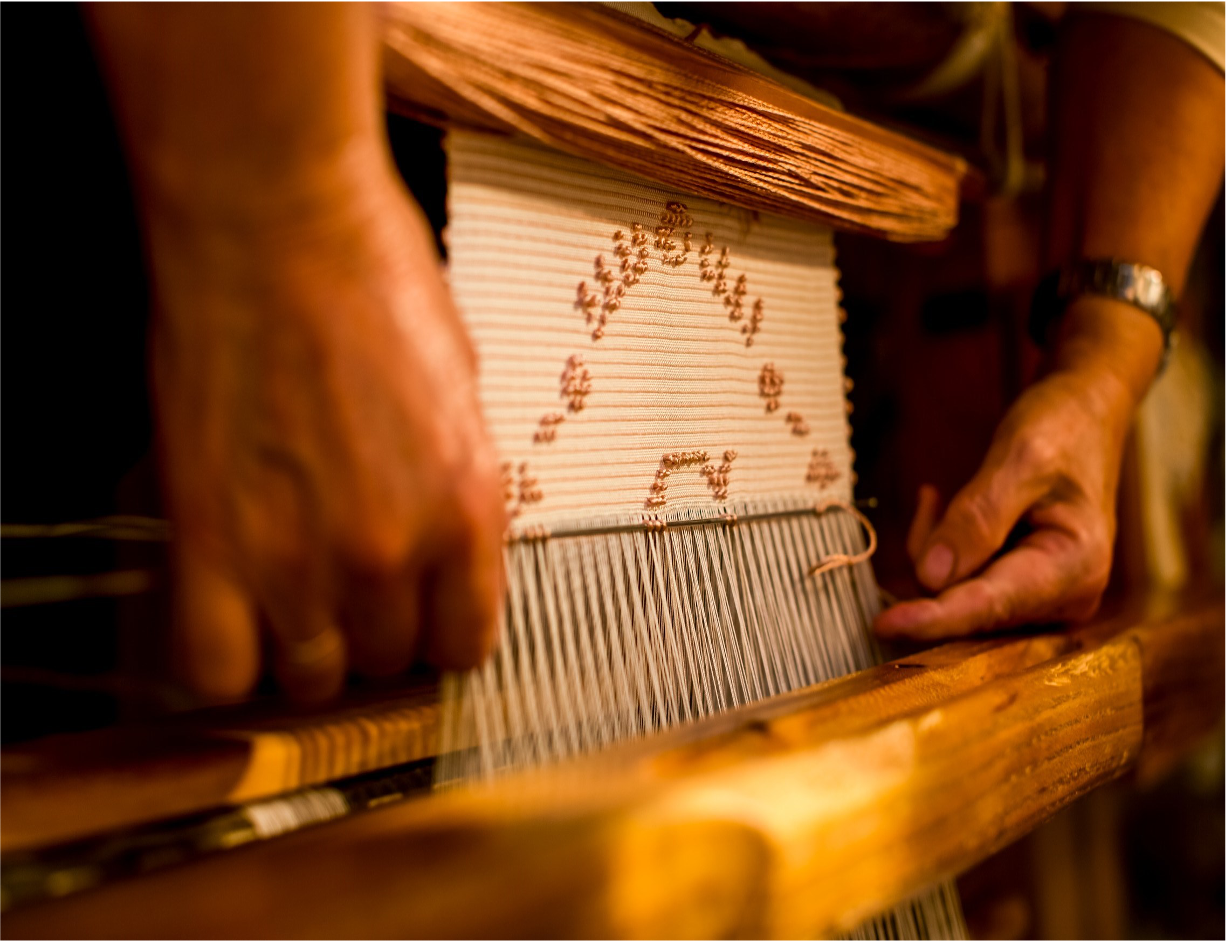
>> Back to the top
________
Requalification of the Artisanal Line
FURNA - Association of Former Inhabitants of Vilarinho da Furna was created in 1985 with the aim of defending, valuing and promoting the cultural heritage of the former people of the municipality. Nowadays, as an attempt to resist the disappearance of cultures and traditions, due to the aging of the population, the association wants to requalify and revive handcrafted linen, an icon of the local identity.
The project, which inserts young people into the job market, offers income opportunities for all those who want to learn a new skill. The EDP prize will be an asset, since it will allow the modernization of existing structures, invest in the training of local labor, create its own identity for the product and place it in international markets, in addition to strengthening the local community economically.
The FURNA project will also help in the development of small communities, based on their own identities, in a sustainable way, with low investment, but with a high market value.
>> Back to the top
________
Festivities of the Empire of the Divine Holy Spirit of Alenque
With 700 years of history, the Empire of The Divine Holy spirit party were established in Alenquer by Queen Santa Isabel and King D. Dinis. Interrupted about 200 years ago, the Festivals were reconstituted only once, in 1945, and were later reborn, in 2007, under the motto “The Holy Spirit blows wherever he wants”. Since then, the Celebrations have been gaining more and more popularity among the population and the visitors, having even led to twinning with the city of Angra do Heroísmo and the establishment of a cultural protocol with the municipality of Ponta Delgada. With the aim of taking the festivities even further, the Alenquer City Council project now aims to create a Worldwide Network of Cities of the Holy Spirit, creating links between the various communities.
The project will have the EDP award to help with the construction of the material component, the room of the Holy spirit, which will be on permanent display at the Municipal Museum. The objective is to lead the future generations to visit the exhibition, participate in the dynamic sessions and build the future of tradition based on historical knowledge. Along with the room of the Holy spirit, the project also foresees the placement of signs both in the associated places of worship and on the public road, which will give even more visibility to the project and to tradition.
In addition, and considering that a significant part of the activities involves the training of young people in the arts of playing the bagpipes and making flowers, several workshops will be developed. The project will implement active research on the immaterial cultural tradition. This research will imply action and proximity to people. This study also includes the organization of various physical publications (books, brochures and leaflets), the preparation and publication of a virtual exhibition, the collection of video interviews with traditional actors (the people of Alenquer) and the creation of documentaries.

